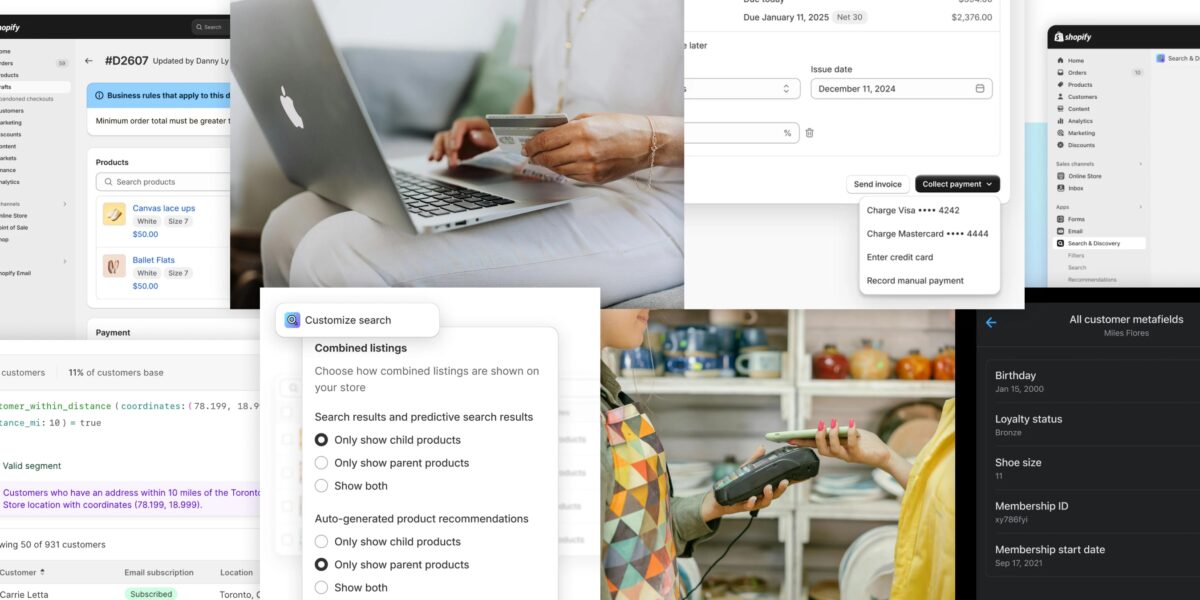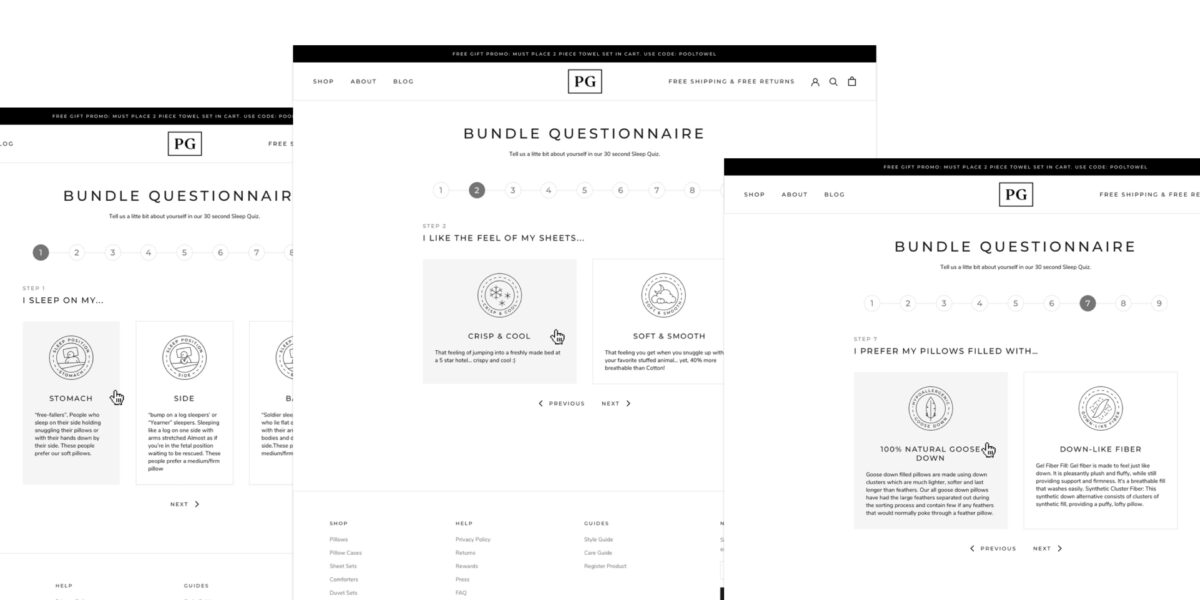Disclaimer:
We are not a law firm and this post is not to be regarded as legal advice.
The Americans with Disabilities Act (ADA) Standards for Accessible Design was published in 2010, stating that all electronic and information technology has to be accessible by persons with disabilities. There are three levels of compliance: A, AA, and AAA, with A being the lowest and AAA being the highest. The highest levels allow the best accessibility to disabled people but has the greatest impact on the appearance of your website.
A is kind of the bare minimum, like making sure that all aspects of your site are keyboard accessible. A lot of the basic A level stuff is just practicing good web development. AAA goes so far as to provide sign language translations for videos; AAA is ideal for websites that specifically address a disabled audience. Web developers generally aim for A or AA, depending on their designs and needs.
These standards apply to commercial and public entities with “place of public accommodation” – electronic and information technology has to be accessible to the disabled. That includes web sites. Which means if you’re a web developer, the Department of Justice is looking at you. These requirements are especially important for certain industries, like hospitality, grocers, banks, healthcare, transportation, and education.
In extreme cases of failure to comply, legal action may arise. The National Association of the Deaf brought a lawsuit against Netflix in 2011 that ended with a fine and the requirement that Netflix offer closed captioning for its full library by 2014. I appreciate said captioning, because it’s how my dad is able to watch Sherlock with me when we get home from work.
Level A Compliance
The Bare Minimum
- Provide text alternatives for any non-text content
- Provide alternatives for video-only and audio-only content
- Add captions to all prerecorded videos with sound
- Describe movements that provide extra information in prerecorded video that not are audibly explained in the video.
- All content has intuitive page structure and formatting
- Use meaningful sequence of content
- Provide instructions via more than one sense
- Do not rely only on color to convey information
- End-user control of audio
- All parts of a site must be keyboard-accessible
- Allow keyboard user to navigate away from all parts of a site
- Time limits are user adjustable
- Moving, blinking, scrolling, or auto updating can be user paused, stopped, or hidden
- No content may flash more than three times in a second
- Provide Skip to Content links
- Page titles must be descriptive
- Every link’s purpose is clear
- Every page has a defined language
- Content does not change on focus
- Content does not change on input
- Clearly describe form input errors
- Provide clear form input instructions with labels
- On forms, validate input and allow input to be changed
- HTML is validated against standards
- All content generated by scripts must be accessible
Mind you, the above list is just a place to start and many of those items are just good practice for any web developer in any situation.
Further Reading
If you’re a web developer or a business owner, you would be wise to investigate this subject. Failure to comply with ADA regulations can come with meaningful consequences.
















